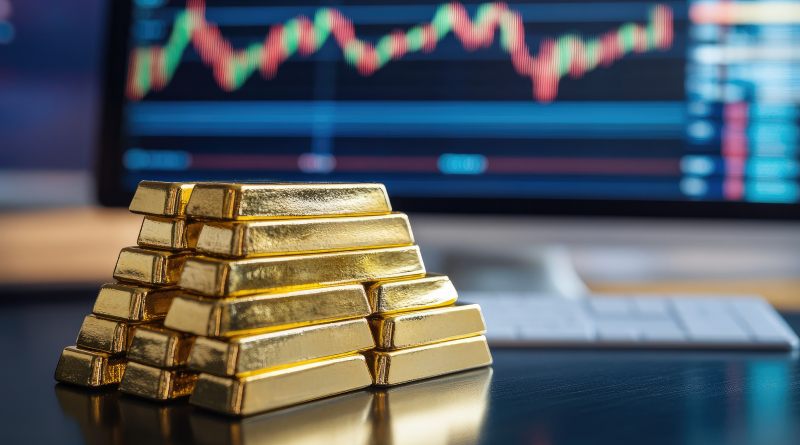Strategies for Precious Metals Investing: A Guide to Navigating the Gold and Silver Markets
Precious metals like gold, silver, platinum, and palladium have been coveted for centuries, not only for their beauty but also for their utility in investment portfolios. These metals are prized for their rarity and intrinsic value, offering a unique combination of safety, liquidity, and profit potential. This guide explores strategic ways to invest in these timeless assets.
Understanding Precious Metals
Investors can choose from various types of precious metals, each with unique properties and market dynamics. Gold and silver are the most popular for investors, but platinum and palladium are also significant, especially in industrial applications. Investments can be made in physical forms, such as bars and coins, or through financial instruments like ETFs and mining stocks.
Reasons to Invest in Precious Metals
Diversification: Precious metals often move independently of other assets like stocks and bonds, providing a buffer against market volatility.
Inflation Hedge: Historically, precious metals retain value over time, making them a solid defense against inflation.
Safe-Haven Assets: During periods of economic uncertainty, precious metals typically hold or increase in value, attracting investors looking for stability.
Investing in Gold
Gold can be purchased in various forms, with each offering different benefits and considerations:
- Bullion: Physical gold in the form of bars or coins, valued primarily for the gold content.
- Gold Coins: Often more accessible for small investors and can carry historical or collectible value.
- ETFs: Provide exposure to gold prices without the need to store physical metal.
- Mining Stocks: Stocks of companies that mine gold, offering higher potential returns but also higher risk.
Investing in Silver
Silver offers similar investment opportunities to gold but includes a significant industrial component, as it is used extensively in electronics, solar panels, and other technology:
- Physical Silver: Available as bullion or collectible coins.
- Silver ETFs and Futures: Useful for investors not interested in holding physical silver but who want exposure to its price movements.
- Silver Mining Stocks: Represents a more volatile investment than gold due to silver’s lower market liquidity and broader industrial use.
Section 5: Lesser-Known Precious Metals: Platinum and Palladium
Platinum and palladium are essential for catalytic converters in automobiles, which consume large quantities of these metals:
- Platinum is rarer than gold and silver, offering unique investment opportunities.
- Palladium has seen increased demand with stricter automobile emission standards.
Key Investment Strategies
Long-term Holding vs. Short-term Investing: Long-term strategies often benefit from the stability of precious metals, while short-term investing can capitalize on market fluctuations.
Dollar-cost Averaging: Investing a fixed amount into precious metals regularly, regardless of the price, reduces risk and smooths out purchase prices.
Asset Allocation: Financial advisors often recommend a small percentage of an investment portfolio be allocated to precious metals as a risk management strategy.
Risks and Considerations
- Volatility: While generally stable, precious metal markets can still experience periods of significant price volatility.
- Storage and Insurance: Physical metal requires secure storage and insurance, adding to the investment cost.
- Regulatory Factors: Investing on futures exchanges comes with compliance obligations and risks.
Tax Implications
Investors need to consider the tax implications of buying, holding, and selling precious metals, particularly regarding capital gains taxes, which can vary by country and type of investment.
How to Get Started
- New investors should start by:
- Researching: Learn about different types of precious metal investments.
- Finding Reputable Dealers: Ensure transactions are secure and fair.
- Setting Clear Goals: Align precious metals investments with broader financial objectives.
Future Outlook
The demand for precious metals is influenced by economic indicators, technological advancements, and geopolitical events. Staying informed through market analysis and expert forecasts can help investors make timely decisions.
Conclusion
Precious metals offer a unique blend of security, profitability, and diversification for investment portfolios. By understanding the strategic options available and the associated risks, investors can effectively integrate precious metals into their
